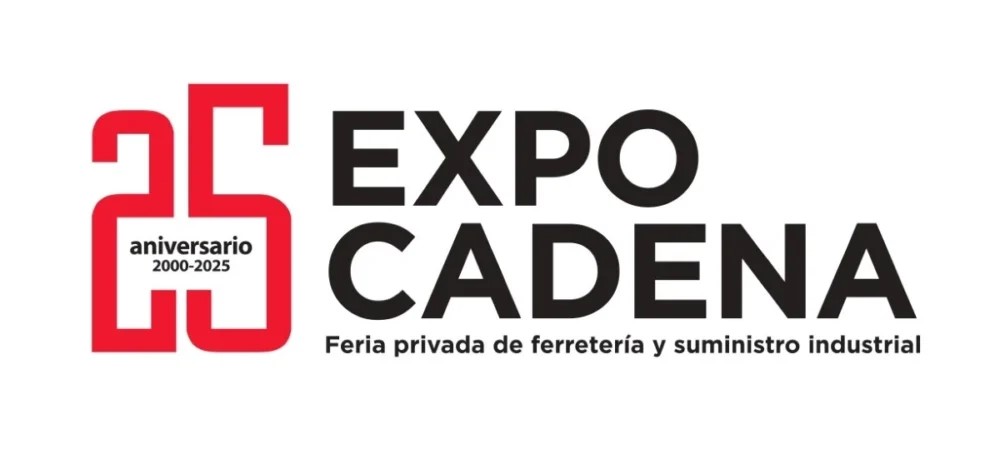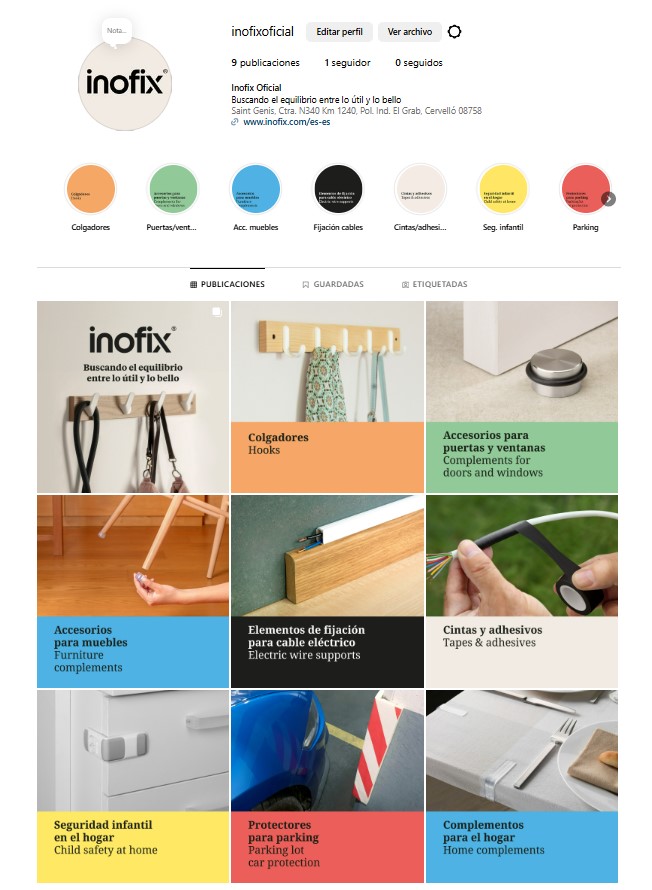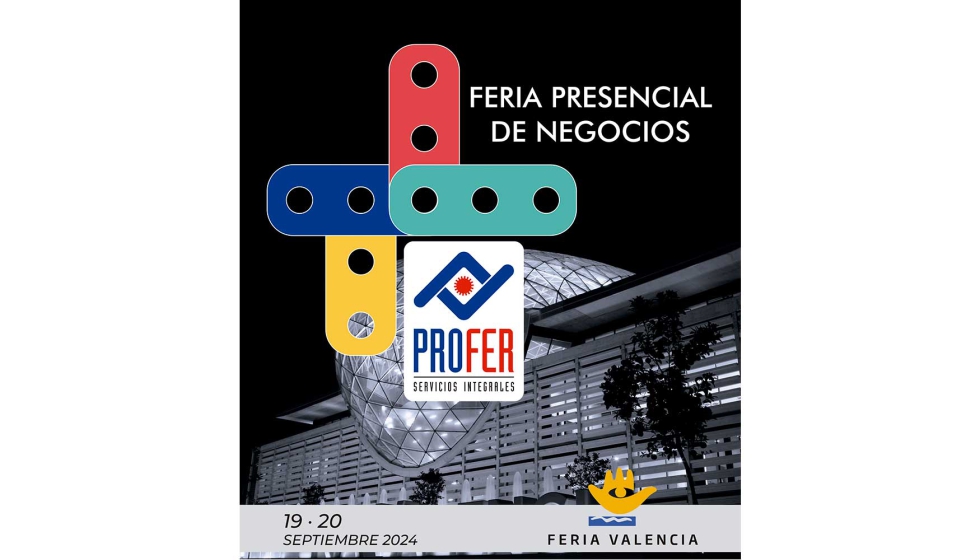News

Furniture accessories: Ferrules, gliders and felts. What to use in each case.
Felts, gliders and ferrules are guards that are placed on the base of furniture and heavy objects, protecting the floor from scratches and marks that can be caused by the movement and use of furniture.
There are different types and each one has a specific function: Felts and ferrules are designed to reduce noise and to protect the floor from possible damage. Gliders enable furniture and electrical appliances to be moved easily.
Installation is very simple, just screw or nail them to the base of the furniture or attach them with their adhesive.
Types of guards and shock absorbers
Ferrules are
plastic or rubber covers used to cover the ends of chair and table legs. They protect the floor from scratches and reduce noise when moving furniture. Rubber covers limit slipping.
Felts
are placed under the legs of the furniture and are designed to protect the floor from possible scratches or scrapes. They also silence noise when furniture is being dragged or moved. There are models available that can be cut to the desired size or are pre-cut in different shapes and finishes.
Gliders
are used to move furniture or electrical appliances around easily. Gliders are small pieces that are placed at the base of heavy objects to enable them to be moved with very little effort. They are available in various materials depending on their use.
The installation of these parts is very simple. There are screw-on, nail-on and adhesive models. Adhesive bonding is recommended for low mobility light objects, and the nail-on or screw-on models are designed for frequently moved heavy objects.
Floor types
Floor surfaces can be divided into hard and soft, depending on their hardness and resistance to compression. Depending on the type of floor, it is best to apply one type of guard or furniture glider:
Hard floors:
Use soft guards and gliders, to avoid scratching the floor and, above all, to make less noise. A possible problem arising from their use is the proliferation of friction and marks through use on the surface.
Characteristics of hard floors:
- High load-bearing capacity.
- Limited acoustic absorption.
- Limited footstep damping.
- Limited elasticity.
- Limited slip resistance.
Examples:
- Cement, concrete
- Stone (limestone, sandstone, marble, granite, synthetic or natural stone)
- Ceramic floor surfaces (damp or dry, pressed ceramic tiles)
- Slabs and pavement slabs.
- Synthetic resin floor tiles.
- Melted asphalt.
- Wood, parquet, laminate.
Soft floors:
In these cases, use hard guards and gliders to ensure that the furniture slides comfortably and effectively. A possible problem arising from their use could be small dents on very soft surfaces that are very sensitive to pressure.
Characteristics of soft floors:
- Sensitivity.
- Smoothness.
- High level of acoustic absorption.
- High level of footsteps damping.
- High level of elasticity.
- High level of slip resistance.
Examples:
- Elastic floor surfaces (PVC, rubber coatings, linoleum, cork)
- Fabric coverings (carpets)
1.- FURNITURE GLIDERS
Ideal for moving furniture or electrical appliances around easily. Furniture gliders are small pieces placed at the base of heavy objects to move them with little effort. They are available in various materials depending on their use.
The installation of these pads is very simple. There are screw-on, nail-on and adhesives models. The adhesive bonding is recommended for low mobility light objects, and the nail-on or screw-on models are designed for frequently moved heavy objects.
When attaching a glider, the following must be taken into account:
- The chosen glider or ferrule should be the right model according to the type of furniture and the type of floor.
- Choose the glider that best suits the aesthetics of the furniture, so that both elements are integrated.
- It is very important to follow the assembly instructions for installing the gliders correctly to avoid possible scratches due to wrong installation.
- The type of furniture material must be taken into account and abrasive cleaning products should be avoided so as not to damage the gliders.
It's important to check what kind of glider is the most appropriate for each case.
- A good glider will have a high level of durability and stability, show little abrasion and be able to adjust to small surface irregularities.
- Make sure that the surface on which the glider is to be installed is not rounded, as this would generate very high pressure points. Make the installation surface as smooth as possible before installing the glider.
Types of furniture gliders
Metallic:
Thanks to their hardness they are best for use on soft floors such as carpets and synthetic floors. If they rust over time, replace them with new ones.
Plastic:
This material is considered a basic product for general use. It is recommended to be used on soft floors, as it can cause chafings on hard surfaces.
Felt:
Thanks to its high quality wool felt strip, it has a soft supporting surface to protect the floor coating, it also has a special sound damping effect and compensates for unevenness in the floor. It is one of the most practical and quality gliders, although it requires regular cleaning and it should be noted that when the felt wears out, it will have to be replaced with a new one. It is not recommended for porous floors, as friction will wear the felt out in less time.
PTFE
These are the highest quality gliders, as in addition to being excellent for moving furniture and electrical appliances around, they guarantee maximum protection for all types of surfaces.
2.- FELTS
These are pieces of wool or synthetic fabric that are placed under the legs of items of furniture and are designed to protect floors from possible scratches or scrapes. They also silence noise when furniture is being moved or shifted. There are models that can be cut to the desired size or other pre-cut models in different shapes and finishes.
Wool felt gliders are more durable and of better quality, while synthetic felts serve the same function and are more economical.
Ideal for installation on furniture standing on hard floors (e.g. wood or ceramic). Avoid use and installation on porous floors, as friction will wear out the felt in less time.
3.- FERRULES
These are plastic or rubber covers used to cover chair and table legs. They protect the floor from scratches and scrapes and reduce noise when moving furniture. Rubber covers limit slipping. Available in multiple diameters to fit a large variety of legs.
Ideal for installation on furniture standing on hard floors (e.g. wood or ceramic).
There are different types of ferrules according to their characteristics and uses:
Exterior round rubber ferrule:
Ferrules for rounded or cone-shaped hoses, placed over leg points. They are strong and durable, with a special non-slip resistance.
Exterior rubber ferrule with suction pads (especially for crutches):
Special ferrules for crutches and canes that are placed over the point. The rubber makes the ferrule especially slip-resistant.
Exterior round plastic ferrule with washer:
Ferrules for rounded or cone-shaped hoses that are placed over leg points. They have an inner washer that makes them more resistant to heavier furniture and, in the case of metallic legs, prevents them from damaging the ferrule material.
Exterior round plastic ferrule without washer:
Ferrules for rounded or cone-shaped hoses, to be placed over leg points.
Inner oval-shaped plastic ferrule:
Ferrules for oval-shaped hoses, to be placed inside leg points.
Inner square plastic ferrule:
Ferrules for square hoses, to be placed inside the metallic points.
Inner round plastic ferrule:
Ferrules for rounded or cone-shaped hoses, to be placed inside leg points.
Special plastic ladder ferrule:
Specially designed ferrule for portable and foldable ladders.
Rectangular plastic ferrule:
For rectangular hoses of different sizes. They are placed inside the metallic points.
4.- Other accessories: ANTI-VIBRATION PAD
The anti-vibration pad significantly reduces noise and dampens vibrations produced by household appliances. It is also ideal for the storage and handling of heavy equipment such as compressors, gas cylinders, etc. It can be used both indoors and outdoors.
Anti-vibration pads are made of high quality rubber.
SUMMARY TABLE OF FURNITURE ACCESSORIES





